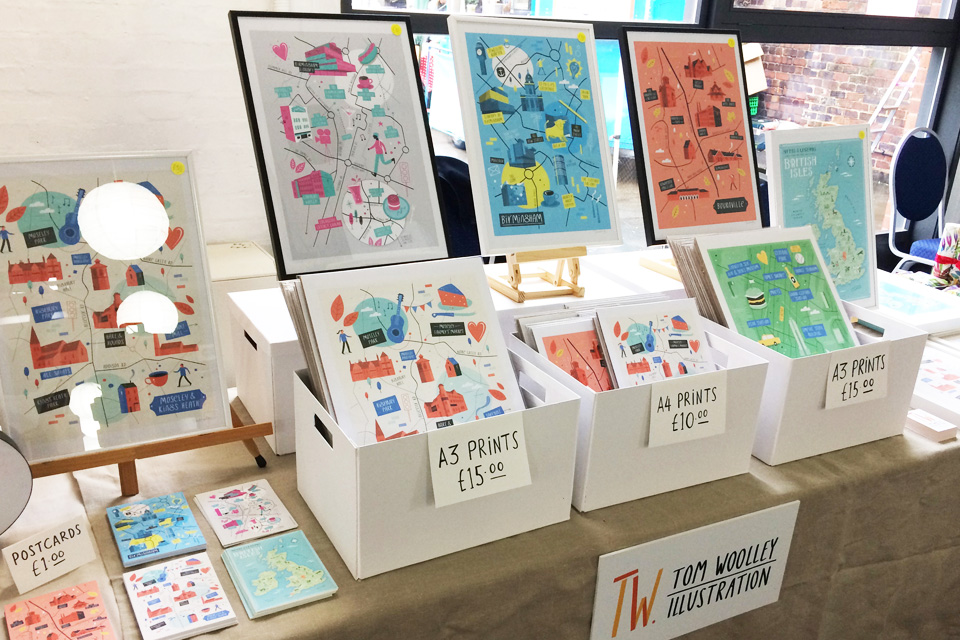Abstract
The globalization of the art market has fundamentally altered how artworks are produced, traded, valued, and consumed. Once dominated by local collectors, regional auction houses, and national museums, today’s art market is shaped by transnational flows of capital, rapid technological innovation, and the increasing financialization of cultural goods. This paper examines how globalization interacts with technology and finance to reshape cultural value in the art world. By exploring theoretical frameworks, concrete case studies, and ongoing challenges, it argues that while globalization democratizes access and expands markets, it also generates inequalities, speculative bubbles, and cultural homogenization. The future of the art market will depend on balancing innovation with authenticity, inclusivity with exclusivity, and cultural preservation with financial imperatives.
Introduction
The art market is one of the most paradoxical sectors of the global economy. On the one hand, it is rooted in cultural and aesthetic values that resist quantification. On the other hand, it operates as a highly financialized market with auctions, private sales, and speculative investments. In the twenty-first century, globalization has accelerated this duality: art is simultaneously a universal cultural heritage and a global commodity.
Technology and finance are central to this transformation. Digital platforms allow artists to reach global audiences directly, while online auctions break down geographic boundaries. Meanwhile, art has become a key asset in wealth management strategies, with collectors, investors, and funds treating cultural goods as alternative investments.
This paper investigates how globalization, technology, and finance reshape the art market and cultural value. It combines theoretical discussion with case studies, seeking to understand the opportunities and risks of this ongoing transformation.
Theoretical Framework
1. Globalization and Cultural Flows
Globalization, in Appadurai’s terms, generates complex flows of people, money, images, and ideas. Art moves across borders not only as a cultural artifact but also as a financial object. Globalization creates hybrid cultural identities, but also risks erasing local traditions under the dominance of global players.
2. The Financialization of Art
Sociologists like Olav Velthuis have analyzed how artworks are increasingly treated as financial assets. Price indices, art funds, and fractional ownership platforms highlight the commodification of culture.
3. Technology as Disruptor
Digitalization changes not just how art is sold but also how cultural value is defined. Online platforms, big data analytics, and blockchain challenge traditional gatekeepers such as galleries and auction houses.
Case Studies
Case Study 1: Auction Houses Going Global
Sotheby’s and Christie’s, once centered in London and New York, now operate global networks with sales in Hong Kong, Dubai, and Shanghai. Their expansion reflects both demand from new elites (e.g., Chinese billionaires) and their role in creating “global cultural capitals.”
- Impact:
- Prices of Chinese contemporary art skyrocketed in the 2000s.
- Emerging markets gained visibility, but speculation inflated bubbles.
- Global auctions homogenized tastes, often favoring “brand-name” artists over local ones.
Case Study 2: Art Fairs as Global Platforms
Events like Art Basel, Frieze, and FIAC exemplify globalization in the art world. They function as both marketplaces and cultural festivals.
- Impact:
- Expanded access for galleries and collectors.
- Consolidation of power among mega-galleries.
- Rising costs of participation exclude smaller, regional players.
Case Study 3: Online Art Platforms
Platforms such as Artsy, Artnet, and Instagram redefine access. Artists bypass traditional galleries to sell directly, while collectors browse global inventories.
- Impact:
- Democratization of exposure.
- Market data transparency increases liquidity.
- Yet oversaturation and authenticity concerns challenge credibility.
Case Study 4: The Rise of Art Investment Funds
Art as an alternative asset class attracts investors seeking diversification. Funds pool capital to purchase “blue-chip” artworks.
- Impact:
- Art becomes financial collateral.
- Speculative trading accelerates volatility.
- Questions arise about whether cultural heritage should be financialized.
Challenges

- Inequality of Access
- Global art market expansion often benefits elite collectors, while emerging artists struggle for recognition.
- Cultural Homogenization
- Globalization privileges globally recognized artists, reducing diversity in cultural representation.
- Speculation and Volatility
- Prices of contemporary art fluctuate dramatically. Speculative bubbles threaten long-term sustainability.
- Authenticity and Trust
- Digital markets increase risks of fraud, forgery, and provenance disputes.
- Ethical Dilemmas
- Repatriation of looted artifacts becomes more urgent as globalization highlights historical injustices.
Future Directions
Technological Pathways
- Blockchain and Provenance: Distributed ledgers could enhance trust in authenticity and ownership.
- AI in Valuation: Algorithms may predict price trends, but risk commodifying artistic value.
- Virtual Reality Galleries: Expanding accessibility to global audiences.
Financial Evolution
- Art securitization and fractional ownership may expand access but risk excessive financialization.
- Integration with wealth management strategies may stabilize art’s value but detach it further from cultural meaning.
Cultural Rebalancing
- Emerging markets (Africa, Southeast Asia, Latin America) may challenge Euro-American dominance.
- Grassroots digital platforms could empower underrepresented artists.
Conclusion
The globalization of the art market is both an opportunity and a challenge. Technology and finance have expanded access, diversified players, and transformed cultural value. Yet they also introduce risks of inequality, speculation, and homogenization.
Ultimately, the future of the art market depends on whether globalization can be balanced with cultural responsibility. If managed carefully, globalization may lead to a more inclusive and innovative art ecosystem. If not, the commodification of art could erode its cultural essence, reducing masterpieces to mere financial instruments.
The art market thus reflects a broader paradox of globalization: it democratizes opportunities while amplifying inequalities. The challenge is not to resist globalization, but to shape it in ways that preserve the richness, diversity, and authenticity of cultural value.
















































